Other

“PNNL scientists find solution to the sudden death common to the batteries Researchers have increased the lifetime of a promising electric vehicle battery to a record level, an important step toward the goal of lighter, less expensive and long-lasting batteries …
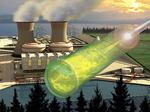
“Across the nation, environmentally minded scientists and engineers are leading a new generation of nuclear reactor designs. They see nuclear power as a clean, carbon-free energy source along with hydropower, wind, and solar. Several of the innovative, next-generation reactor designs …
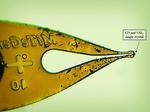
“PNNL researchers devise a new method to analyze Hanford site plutonium microcrystals. While studying legacy contaminated soil samples from the Plutonium Finishing Plant waste crib at the Hanford Site (Richland, WA), Pacific Northwest National Laboratory (PNNL) researchers located and extracted …
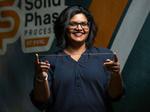
“New manufacturing process yields highest conductivity copper composites at bulk scale Researchers at Pacific Northwest National Laboratory (PNNL) have increased the conductivity of copper wire by about five percent. That may seem like a small amount but it can make …
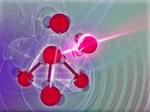
“First-ever measurements provide evidence that extremely cold liquid water exists in two distinct structures that co-exist and vary in proportion dependent on temperature Supercooled water is really two liquids in one. That’s the conclusion reached by a research team …
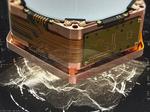
“A multi-disciplinary research team has shown that radiation from natural sources in the environment can limit the performance of superconducting quantum bits, known as qubits. The discovery, reported today in the journal Nature, has implications for the construction and operation …
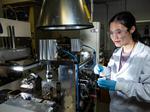
“Machine learning helps researchers and developers design lithium-metal batteries Battery experts at PNNL and elsewhere focus on developing rechargeable lithium-metal batteries because of their high energy density. Lithium-metal batteries have the potential to double the energy of lithium-ion batteries commonly …
“The same material you’ll find at the tip of a pencil—graphite—has long been a key component in today’s lithium-ion batteries. As our reliance on these batteries increases, however, graphite-based electrodes are due for an upgrade. For …
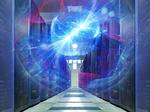
“What’s in store for the future of computing? Steven Ashby, director at Pacific Northwest National Laboratory, tackles the tale of its advancement in the latest issue of CIO Review. Beginning in 2021, the U.S. Department of Energy will …
News From Brrrr to Vroom: New Additives Promise Better Performance for Electric Cars in Cold Weather

“Electrolyte additives can boost lithium-ion battery temperature range New additives can help lithium-ion batteries perform over a wider range of temperatures, a potential boon for electric cars, a new study finds. Electric cars struggle with extreme temperatures, which can degrade …
